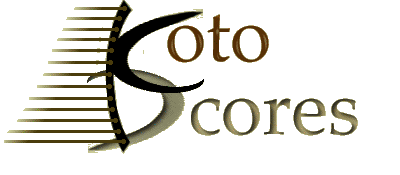|
The kayagum can be traced back to the Kaya kingdom (42-562AD), and was
modeled on the Chinese zheng. The Korean kayagum is
similar to the Japanese koto, but with the following
primary differences: (1) The kayagum is played by hands without plectrums,
while the koto is played with three plectrums attached to the thumb and
first two fingers. (2) the kayagum's head is placed in the lap and the
tail on the floor during performances. The koto is played with both ends
on the floor, or in modern practice on a support stand when playing from
a chair. (3) the koto's strings string are uniform in diameter, while
the kayagum's strings have a larger diameter for lower-pitched strings
and a smaller diameter for higher-pitched strings.
Similar to the Japanese koto, the kayagum is made of paulowina
wood, although the underside of the kayagum is made of chestnut.
Two types of kayagums exist: The court kayagum which is larger in size
and has "rams horns" at the tail of the instrument, and the sanjo
kayagum which was developed about 150 years ago with the development
of sanjo itself. The sanjo kayagum has closer spaced strings and is
shorter in length to make it easier to play faster passages of sanjo
and pyongch'ang music. Modern variants of the kayagum have 19 and
21 strings, although the standard for still uses 12 strings.
|

